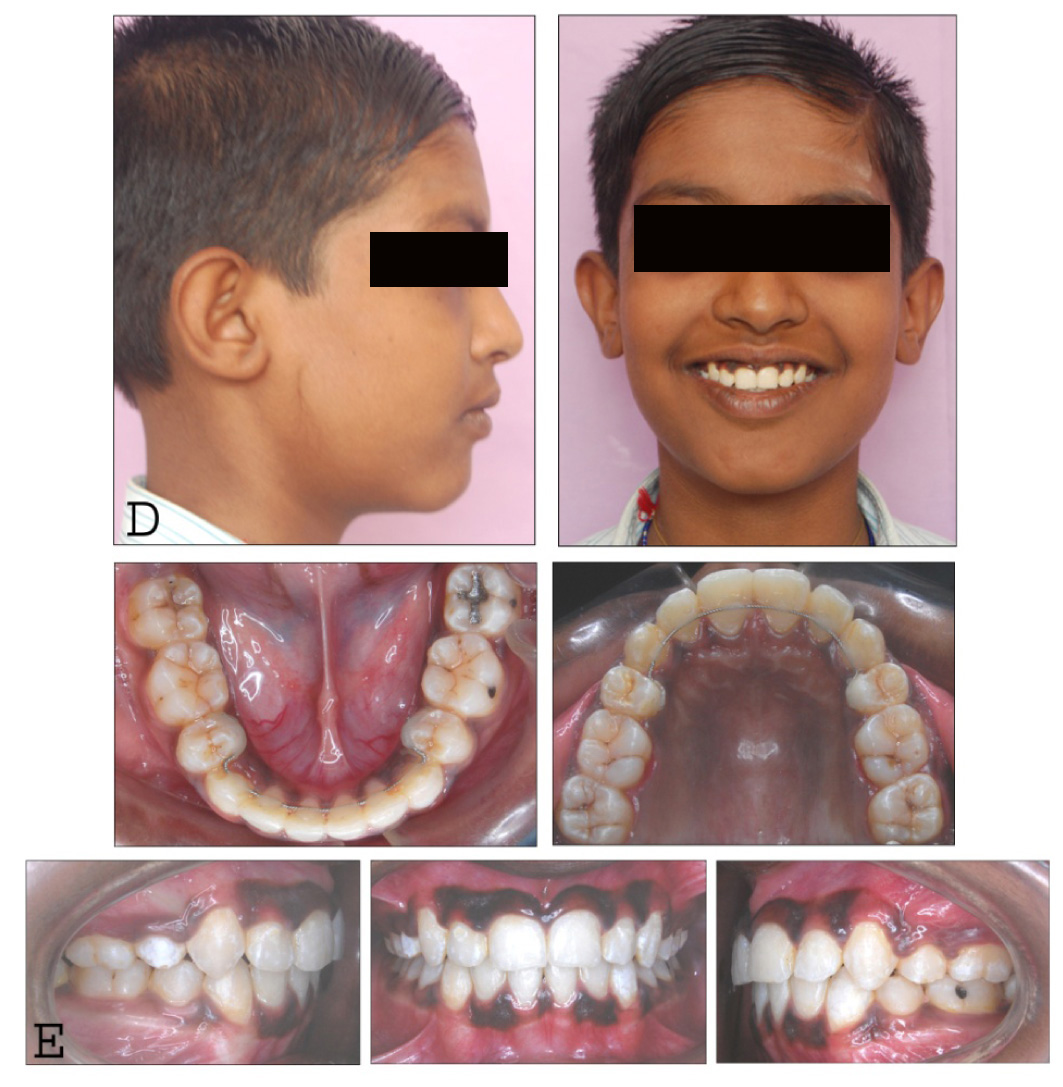class ii division 2 subdivision
Prologue Patients with Class II subdivision malocclusions have Class I characteristics on one side and Class II characteristics on the other primarily because of the distal positioning of the mandibular first molar in relation to the maxillary first molar on the Class II side. Class II Division 2 subdivision.

Panel Movil De Division Vision De Sysprotec Paneles Moviles Paneles De Vidrio Tabique
Class 2 Division 2 also commonly written with a Roman numeral Class ii Division 2 represents an area where combustible dust may be present in quantities sufficient to ignite or explode.
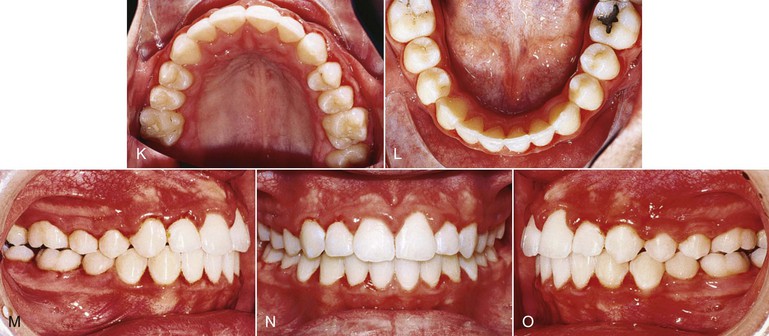
. Categorization as a Class II subdivision required at least a half-cusp difference between the right and left sides. Class II Division 2 Subdivision Malocclusion in an Adult Patient treated with the Forsus Fatigue-resistant Device placed Unilaterally Contemp Clin Dent. 3 Mandibular plane to Frankfurt horizontal angle.
Malocclusion Angle class II subdivision 710782002 Definition. The maxillary lateral incisor teeth may be proclaimed or normally inclined. This article describes our treatment of Class II division 2 adult patients requiring premolar extractions.
Class II subdivision malocclusions were grouped into 3 main categories. The class II division 2 differs from division 1 by the following characteristic. These patients also tend to exhibit problems with the.
In most patients with Class II subdivision malocclusion the maxillary dental midline is. 1 All of the above criteria as stated for the Class II1 group. The mesiobuccal cusp of the maxillary first molar occludes mesial to the buccal groove of the mandibular first molar usually near the embrasure between the mandibular molar and second.
The purpose of this study was to compare the occlusal stability of class II subdivision malocclusion treatment with 3 and 4 first premolar extractions. The present case report describes the treatment of an adult patient with Angle Class II Division 2 subdivision left malocclusion associated with anterior deep overbite and TMD. Class II Division 2 subdivision left malocclusion associated with anterior deep overbite in an adult patient with temporomandibular disorder Ivan Toshio Maruo1 The orthodontic treatment of patients with chief complaint of temporomandibular disorders TMD presents doubtful prognosis due to the poor correlation between malocclusions and TMDs.
Class II location groups are determined by. 2 Maxillary central incisor to Sella-Nasion line. He had normal vertical facial proportions a straight profile and a protrusive lower lip due to a pseudoprognathic mandible.
Left Malocclusion Anterior Deep bite and TMD This case report was presented by Dr Ivan Toshio Maruo. After selecting the eligible subjects we masked all identifiers on the study casts. The upper incisors are tipped backward and hide the fact that the lower jaw.
Class II Subdivision refers to the asymmetric molar relationship that can be commonly accounted to dental and occasionally to the s keletal disharmony. Class II division 2. Class II subdivision represents 50 of all Class II malocclusions with responsible primary factor being a deficient mandible caused by either a reduced height of the ramus or a reduced length of the mandibular body on the side of the Class II.
A sample of 156 dental casts from 52 patients with class II subdivision malocclusion was divided into two groups according to the extraction protocol. After retention a slight overcompensation of the molar relationship Class III tendency was more frequent in Class II subdivision patients original Class I side. 4 Overjet 4 mm.
Brezniak 8 identifiedpathognomonic cephalometric. Class II subdivision Herbst treatment was similarly as successful as symmetric Class II Herbst treatment with respect to the occlusal correction. The discrepancy between the upper and lower teeth does not match the discrepancy between the upper and lower teeth where the molars and canines are located red and blue arrows.
Interesting trends were noted with regard to treatment strategies midline and molar corrections and mandibular incisor proclination. Retroclined and a deep overbite exists. Angle 1 recognized a subset of the Class II malocclusion the Class II Division 2 II2 type which exhibited a distinct triad of features.
This case was presented to the Brazilian Board of Orthodontics and Dentofacial Orthopedics BBO as part of the requirements to obtain the title of BBO Diplomate. His chief complaints were clicking and pain in his TMJs. Division 2 cases are often characterized by severe deep bites lingually inclined upper central and lower incisor and labially flared maxillary lateral incisors.
Patient was 24-year-old male seeking for correction of Class II Division 2 subdivision left anterior deep overbite dental midline deviation and crowding. The patient demonstrated an Angle Class II Division 2 subdivision left malocclusion with anterior and posterior crossbites. The molar relationships are Class II where the maxillary central incisors are retroclined.
Class II Division 2. 1 Flat mandibular plane 2 Increasesd posterior facial height 3 Short lower anterior facial height resulting in both upper and lower lip having a more everted. The largest category was mandibular asymmetry.
This case was presented to the Brazilian Board of Orthodontics and Dentofacial Orthopedics BBO as part of the requirements to obtain the title of BBO Diplomate. For the Class II Division 2 subdivision group included. A distal placement of the mandibular molar a mesial relationship of the maxillary or a combination of the two.
For example a full-cusp Class II relationship on the right side and a half-cusp Class II relationship on the left side would qualify. Authors Oscar Mario. Class II locations are divided into three groups EFG.
Dust may be suspended in the air in quantities sufficient to ignite under abnormal operations or when combustible dust accumulations are insufficient to interfere with the. The ignition temperature of the dust the electrical conductivity of the dust and the thermal blanketing effect the dust can have on heat-producing equipment such as lighting fixtures and motors. The present case report describes the treatment of an adult patient with Angle Class II Division 2 subdivision left malocclusion associated with anterior deep overbite and TMD.
Class II subdivision 2 anomaly is relatively rare and comprises 15 to 7 of all malocclusions found in white western popula- tion. Group 1 comprised 24 patients treated with 3 premolar. Skeletal Class II division 2 Mandibular deficiency Class II div 2 with a small mandible the decreased size is localized more to the mandibular body Mandibular Ramus is of normal lenght Cephalometrically.
Deep bite retroclined maxillary incisors and a posteriorly positioned mandibular dental arch. The maxillary incisor display at rest was 4 mm the upper dental midline was 3 mm to the left of.
Class Ii Division 2 Subdivision Left Malocclusion Anterior Deep Bite And Tmd
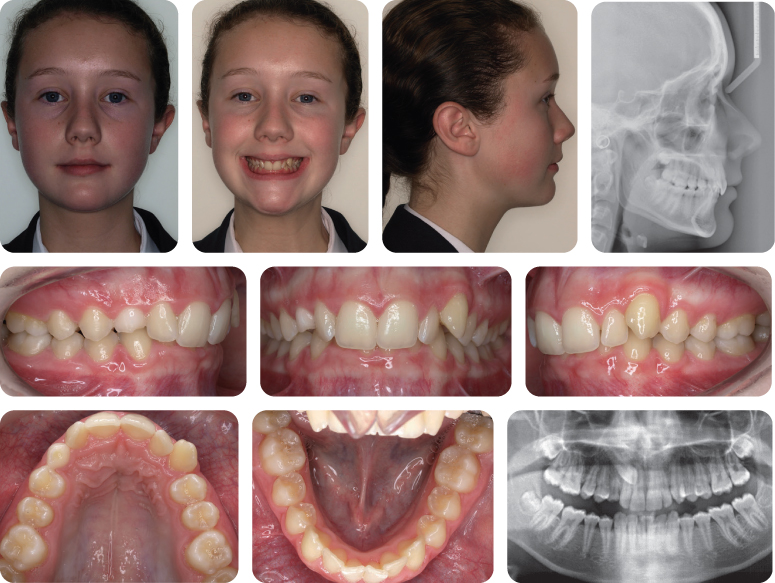
5 Class Ii Division 2 Malocclusion Pocket Dentistry
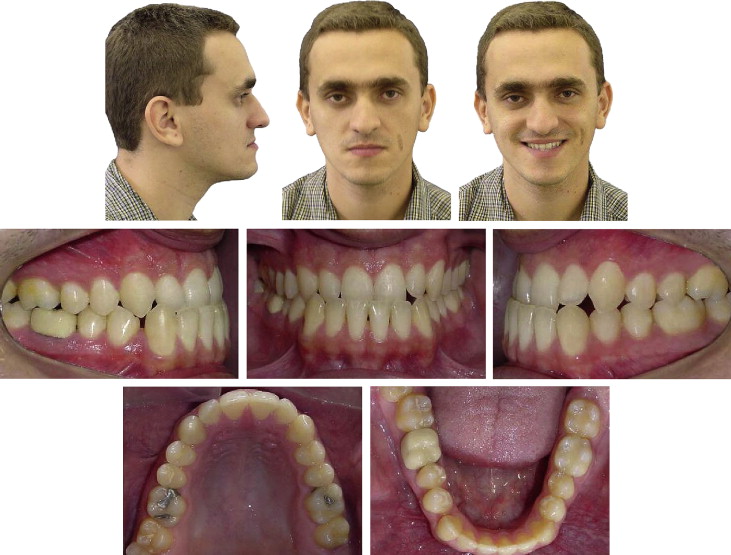
Class Iii Subdivision Malocclusion Corrected With Asymmetric Intermaxillary Elastics Pocket Dentistry

Figure 12 2 Subdivisions Of The Nervous System Peripheral Nervous System Nervous Autonomic Nervous System

Combined Orthodontic Orthopedic Treatment Of An Adolescent Class Ii Division 2 Patient With Extreme Deepbite Using The Forsus Fatigue Resistant Device Pocket Dentistry
Class Ii Division 2 Subdivision Left Malocclusion Anterior Deep Bite And Tmd
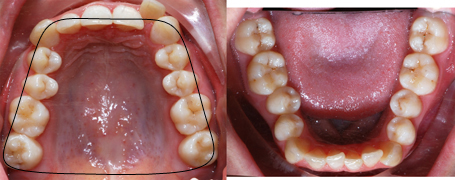
Class Ii Division 2 Dr Sylvain Chamberland Orthodontiste

Class Ii Division 2 Subdivision Malocclusion In An Adult Patient Treated With The Forsus Fatigue Resistant Device Placed Unilaterally Antelo Om Bosio Ja Saga Ay Meira Tm Tanaka Om Contemp Clin Dent

Large Preview Of 3d Model Of Geodesic Catalog Class Ii Geodesic Geodesic Dome Polyhedron
Class Ii Division 2 Subdivision Left Malocclusion Anterior Deep Bite And Tmd

Elliptical Dome Google Search Activity Centers Dome Activities

12 Nonextraction Class Ii Correction Pocket Dentistry

Class Ii Division 2 Dr Sylvain Chamberland Orthodontiste
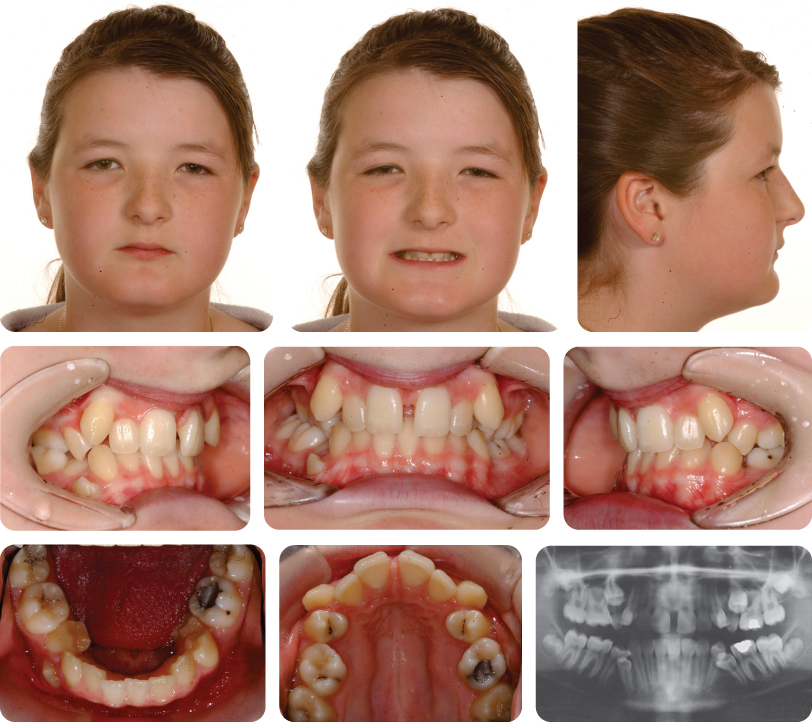
5 Class Ii Division 2 Malocclusion Pocket Dentistry

Class Ii Division 2 Subdivision Malocclusion In An Adult Patient Treated With The Forsus Fatigue Resistant Device Placed Unilaterally Antelo Om Bosio Ja Saga Ay Meira Tm Tanaka Om Contemp Clin Dent

